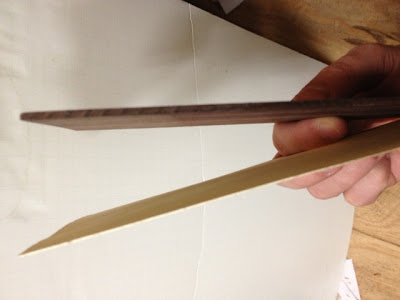If you Google "ugly drum smoker" (hereinafter referred to as "UDS") you can find all the info you need to build your own. I did some Internet perusing, and here is my version.
I do not know how to weld, so had to get creative with my charcoal basket. With some expanded metal and a charcoal grill grate and a few stainless steel bolts my basket was ready to roll. I put a chain on it to make setting it in the UDS easier:
Here is the basket in the barrel:
After drilling most of the holes, I painted the exterior with engine enamel to better protect the steel from the elements, as well as give it a classy look. I chose "Old Ford Blue," which I thought was a good, attractive color for a smoker.
I then put all of the parts on the UDS. Here is the finished product (except for my air intake).
You use the knob at the top to indicate what temperature you would like (225 for me) and the iQue takes care of the rest. It will even alert you when you are over temp, or when the lid is off/losing temp rapidly.
I started a pork butt last night. Needless to say, I was so anxious to try it out I forgot to take a picture of the butt. Here is my sandwich though. Not bad for a first run.
Kati finished up a headstock template for me this week that I can print out and glue to some wood. You should expect to see some guitar project posts here in the somewhat near future (I have to graduate from law school this next week, so some focus will be shifted to wrapping that up...). All for now!

















































